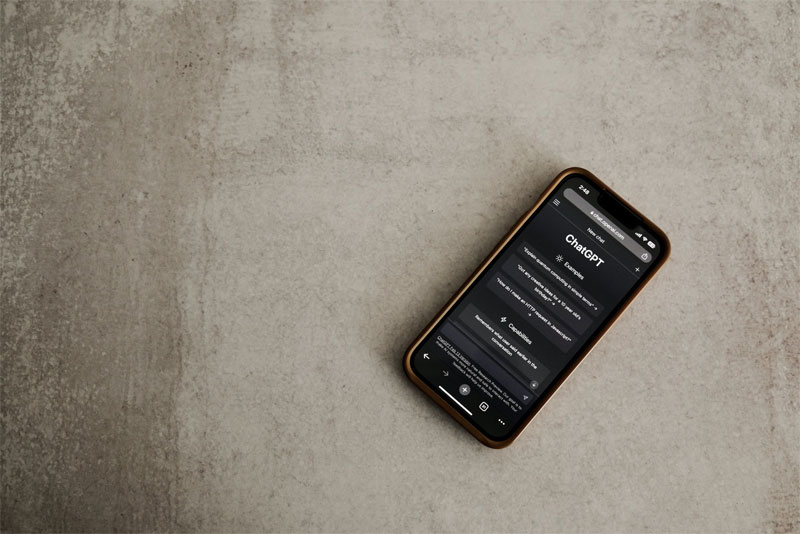Writers and content creators can have a hard time competing with each other to vie for their audience’s attention and survive in the digital space. Your product needs to be unique to stand out and entice users to click and explore your content. Creative writing does not come easy and the importance of creative blog titles and descriptions cannot be overstated. If you are one of those who frequently suffer writer’s block, then you might find this post useful.
AI writing is the game changer. ChatGPT is an advanced language model that can be leveraged to produce captivating titles, descriptions, and engaging blogs.
Let us explore 5 tips and tricks to effectively utilize this powerful tool and enhance your blog’s appeal.
1) Understand Your Audience

As with any marketing industry, the keystone of effective content creation lies in understanding and studying the reading habits and preferences of your target audience. This will help you to gain insight into their interests, proclivity, and pain points. As a writer, you must be prepared to churn and produce what is most in demand. Armed with this knowledge, you can then tailor your blog titles and descriptions to resonate with your readers at a deeper level.
You can take help of ChatGPT to assist you in audience profiling. When you provide accurate prompts/cues like niche, industry, or general theme of your blog, it can generate hypothetical and potential reader profiles. ChatGPT can create surveys and polls, and perform a trend analysis to help you stay ahead of your game. The trick is to supply it with relevant keywords to make the most of it.
2) Utilize Emotion and Psychology
Next, craft compelling titles and descriptions to encourage your audience/readers to take action by clicking on your link. You can drive more traffic to your site when you master the understanding of human emotions and psychology and use it to forge a strong connection with your readers. When you invoke curiosity, excitement, or even a touch of nostalgia in your blog titles and descriptions, you are more likely to entice your readers to explore your creative posts.
ChatGPT can generate posts centered around emotional themes and with unique angles and perspectives. Time that you may have otherwise lost in figuring the right words to phrase your article can now be done in half the time with the help of ChatGPT. It can effectively refine your language and tone to make your content read and look more impactful.
Integrate emotional elements in just the right dose and incorporate compelling storytelling techniques to evoke the right response. Team up with ChatGPT to create memorable and relatable narratives. ChatGPT is a great tool to help you produce empathetic writing with psychological triggers.
3) Embrace the Power of Keywords

Conduct a thorough keyword research before you craft and publish your article. You must identify the phrases and terms that are most relevant to your content. Integrating these keywords skillfully into your blog titles and descriptions can significantly improve your blog’s visibility and ranking in search engine results. ChatGPT can help generate specific and related keywords when you provide it with a brief overview of your article’s topic or the main focus. It can pull up relevant keywords only when it understands the context.
Brainstorming and expanding ideas can begin only when you have the right keywords to start with. You can also request ChatGPT to analyze the keywords you have collected and prioritize them based on their potential traffic and competitiveness. You can experiment with question-based keywords for your headings, sub-headings, or even a FAQ section in your article. For current trends, try seasonal keywords that are time-sensitive. Use localized keywords for specific geographic locations.
4) Craft Irresistible Headlines
A headline serves as a gateway to your blog post. Employ attention-grabbing words and phrases to captivate your audience. Try incorporating a sense of urgency or exclusivity to encourage immediate action. To pique your readers’ interest, play around with different headline formats, like questions or intriguing statements, so that they resonate best with your readers.
ChatGPT can again come to your rescue here when you supply it with your article’s essence and specify the emotional tone you wish to utilize in your blog post. It will help you tailor the headline to evoke the desired emotion in your audience. As you proceed with your content, be sure to play with words and phrases for an impactful combination. ChatGPT can suggest synonyms, antonyms, idioms, adjectives, action words, and more, to make your headline look vibrant and engaging. For effective headlines, you can frame questions, use numbers, infuse a sense of urgency, or focus on benefits to create a positive impact.
5) Use ChatGPT for Brainstorming Ideas

ChatGPT is a reliable writing companion that can assist in generating creative ideas for titles and descriptions. In an age when writers are defined by their turnaround time, it is crucial to keep deadlines. One cannot afford to lose out on ambitious projects and precious time when they are struck with the writer’s block. ChatGPT is just the muse you need to brainstorm ideas and explore alternative phrasings to refine your content. It serves as a valuable addition to your creative process, and the results may surprise you.
Conclusion
Crafting engaging blog titles and descriptions is an art that requires a delicate balance of creativity and strategy. Leverage the AI language model writing and ace it to generate effective and high quality blog posts. By understanding your audience, incorporating emotion and psychology, embracing the power of keywords, crafting irresistible headlines, and harnessing the power of ChatGPT, you can unlock your blog’s full potential. Let your creativity soar to new heights when you employ creative writing techniques and blogging strategies. By combining ChatGPT’s capabilities with your creativity and empathy, you can craft blog posts that leave a lasting impression on your readers.

